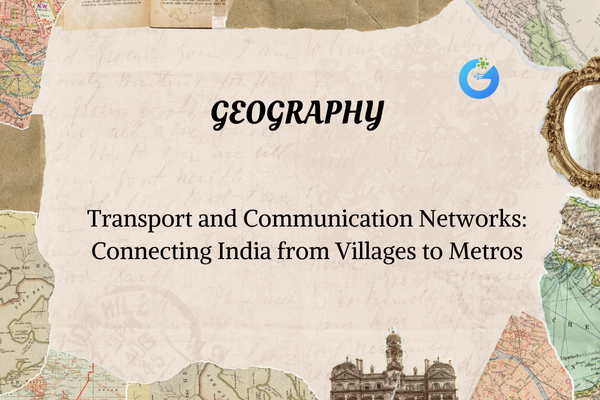Introduction: Why Classify Life?
Take a walk outside or look around your house. You’ll see birds, insects, plants, pets, maybe even mold on old bread. Now imagine trying to study each of these millions of living things one by one. Confusing, right?
That’s why we classify—to group similar living organisms together so we can understand them better.
Biology becomes easier to learn when we organize living things like we organize books in a library—by topic, author, or size. In science, we organize based on characteristics.
expert-led Biology classes – visit our website to learn more
What Is Biodiversity?
Biodiversity is short for biological diversity—it means the variety of all life forms on Earth.
This includes:
- Animals (from ants to elephants)
- Plants (from grass to mango trees)
- Fungi (like mushrooms and molds)
- Microorganisms (like bacteria and viruses)
Why is biodiversity important?
- It keeps ecosystems healthy
- It provides food, oxygen, and medicine
- It supports life at every level
What Is Classification?
Classification means arranging living organisms into groups based on their features.
Just like we arrange clothes in a cupboard—shirts, pants, socks—classification helps in:
- Identifying and naming organisms
- Understanding how they are related
- Avoiding confusion (like having two names for the same animal)
Early Classification: Aristotle’s Attempt
Aristotle, the ancient Greek philosopher, made one of the earliest known classification systems:
- He divided life into plants and animals
- He grouped animals based on where they lived—air, land, or water
But this system had many problems. For example:
- It ignored microscopic organisms
- It grouped different types together just because they lived in the same place
Modern Classification: The Five-Kingdom System
In 1969, Robert Whittaker introduced the Five Kingdom Classification, which is still widely used today.
| Kingdom | Type of Organism | Examples |
| Monera | Unicellular, prokaryotic (no nucleus) | Bacteria |
| Protista | Unicellular, eukaryotic (with nucleus) | Amoeba, Paramecium |
| Fungi | Mostly multicellular, absorb nutrients | Yeast, Mushrooms |
| Plantae | Multicellular, photosynthetic | Trees, Grass, Algae |
| Animalia | Multicellular, cannot make food | Humans, Dogs, Fish |
Basis of Classification
Scientists look at several features when grouping organisms:
| Feature | Description |
| Cell Type | Prokaryotic (no nucleus) or Eukaryotic (nucleus) |
| Number of Cells | Unicellular (one cell) or Multicellular |
| Mode of Nutrition | Autotroph (makes food) or Heterotroph (depends on others) |
| Reproduction | Asexual (one parent) or Sexual (two parents) |
| Habitat | Where they live: air, water, land, etc. |
Let’s Explore the Five Kingdoms
Kingdom Monera
- Unicellular
- Prokaryotic (no true nucleus)
- May live in extreme environments (volcanoes, ice)
- Some cause diseases, some help in digestion or making curd
- Example: Bacteria
Kingdom Protista
- Unicellular
- Eukaryotic (have a nucleus)
- Some act like animals (move, eat), some like plants (make food)
Examples: Amoeba, Euglena, Paramecium
Kingdom Fungi
- Can be unicellular (like yeast) or multicellular (like mushrooms)
- Do not make their own food
- They absorb food from dead things (called saprophytic)
Examples: Bread mold, Yeast, Mushrooms
Fun fact: Penicillin (an antibiotic) was discovered from a fungus!
Kingdom Plantae
- Multicellular
- Autotrophic (make their own food using sunlight)
- Have cell walls made of cellulose
- Don’t move from place to place
Examples: Mango trees, Grass, Algae, Rose plants
Kingdom Animalia
- Multicellular
- Heterotrophic (need to eat other organisms)
- Can move, have sense organs, nervous system
Examples: Humans, Dogs, Birds, Fish, Insects
Real-Life Importance of Classification
- Doctors use classification to identify bacteria and viruses that cause disease
- Farmers use it to understand which crops need which conditions
- Scientists use it to trace evolution and study how life began
Core Concepts Table
| Term | Meaning |
| Biodiversity | Variety of living things on Earth |
| Classification | Grouping organisms based on similarities |
| Kingdom | The highest category in classification |
| Prokaryote | Organism without a nucleus (like bacteria) |
| Eukaryote | Organism with a nucleus (like humans, plants, fungi) |
| Autotroph | Organism that makes its own food (like plants) |
| Heterotroph | Organism that depends on others for food (like animals) |
Frequently Asked Questions
Q1. What is the importance of classification?
It helps us identify, study, and understand living organisms better.
Q2. What are the five kingdoms?
Monera, Protista, Fungi, Plantae, Animalia
Q3. What is the difference between Monera and Protista?
Monera are prokaryotic (no nucleus); Protista are eukaryotic (have a nucleus)
Q4. Who gave the five-kingdom classification?
Robert Whittaker
Q5. Which kingdom includes mushrooms?
Fungi
Fun Facts!
- There are more bacteria in your mouth than people on Earth!
- Jellyfish don’t have brains—but they’re still part of Kingdom Animalia
- Algae in oceans produce more than 50% of Earth’s oxygen
- A teaspoon of soil can contain more than a billion microbes!
Conclusion: Why Diversity and Classification Matter
The living world is a huge, colorful, and complicated web. From a tiny bacteria to the tallest tree, every organism has its place. Classification helps us bring order to this complexity.
When you understand the five kingdoms and the basics of classification, it’s like having a map to explore the living world. It also helps us discover new species, protect endangered ones, and understand our place in nature.
So next time you see a plant, bug, or animal—ask yourself: Which kingdom does it belong to?








